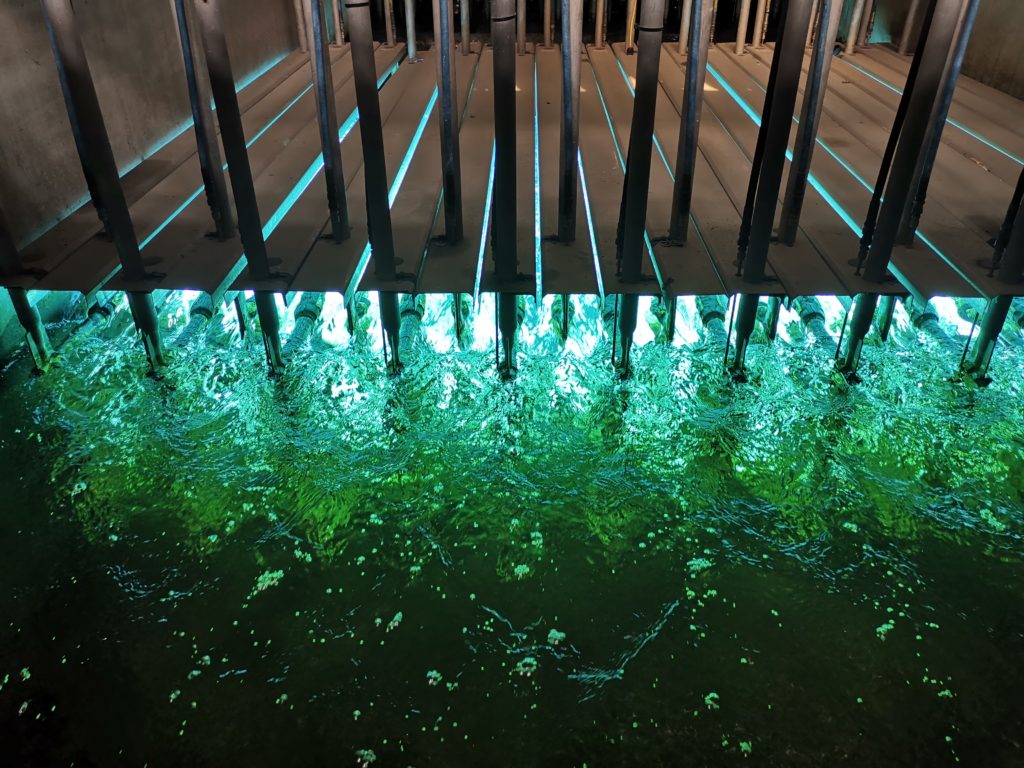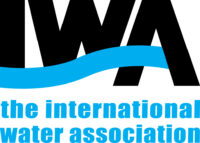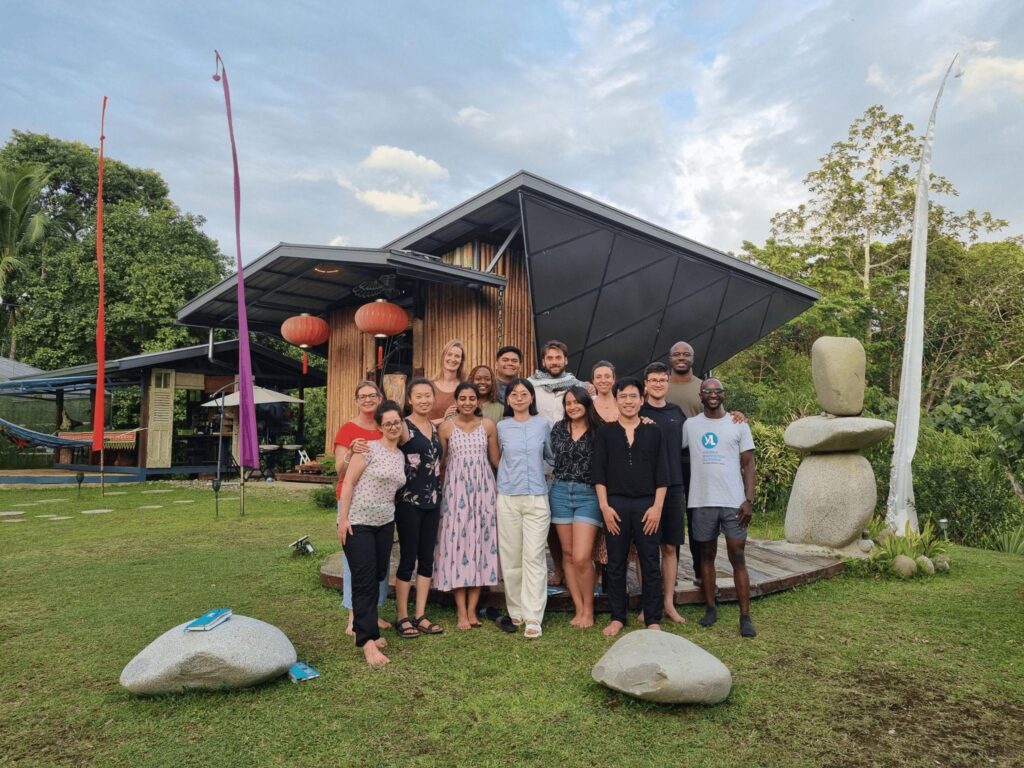Robustness and Flexibility of Combined Disinfection Processes – Operations Under COVID-19 Outbreak
At the end of 2019, an outbreak of novel coronavirus (COVID-19) occurred in China and the virus has rapidly spread across the country. On 30 January 2020 the World Health Organization (WHO) declared the COVID-19 outbreak global health crisis, and less than1 1/2 months later, on 11 March 2020 she declared that COVID-19 has become a pandemic.
Working for communities and cities, providing people with water and wastewater services, the water utilities are under close observation to provide safe drinking water and sanitation. A pandemic outbreak caused by a virus leads to insecurity among populations. It is the moment the utilities to prove that they are robust and safe providing essential services for their societies and the environment.
How do the treatment facilities handle this deadly pandemic caused by a new virus?
In China and other countries, COVID-19 has been found to be viable in stool and urine samples collected from patients infected by the virus. It is critical that wastewater treatment facilities implement effective disinfection practice to ensure the virus does not spread via reclaimed effluent during the outbreak.
Because COVID-19 is newly discovered, research is still being conducted to understand its characteristics such as viability, survival time, migration patterns and transmission pathways, and inactivation by conventional disinfection practices. Before this information is collected, a common practice by the treatment plants is to increase the
The most commonly used wastewater disinfection practices include chlorine (in the form of gaseous chlorine or sodium hypochlorite), ultraviolet (UV) irradiation, and ozonation. Each disinfectant has its advantages and limitations. For example, if chlorine is the only disinfectant used and its doses are increased to achieve a higher disinfection standard (e.g., fecal coliform below detectable level), the chlorine residual in the effluent may become excessive (>0.3 mg Cl2/L), resulting in adverse effect on the ecological environment of the receiving water. Due to this consideration, Beijing Drainage Group collaborates with the Tsinghua University on a research project entitled “Research and Demonstration of Key Treatment Technologies for Enhancement of Reclaimed Water Quality in Beijing.” The treatment scheme investigated is shown in Figure 1 and focuses on a centralized urban recycled water system.
As shown in the figure, different disinfection technologies are combined and monitoring and control measures are employed to provide multiple barriers for water quality protection. The use of multiple disinfection technologies provides enhanced reliability, robustness, and flexibility for reclaimed water disinfection. The disinfection efficacy of this combined system is less likely affected by fluctuations in influent flow and water quality.
Fig. 1 Combined disinfection scheme of centralized urban recycled water system
The proposed disinfection system can be used to evaluate six different operation schemes. By optimising the combination of ozonation, UV irradiation, and chlorination with sodium hypochlorite based on influent water quality, the advantages of each disinfection technology and the synergy among different technologies can be fully realized. Research results indicated that ozonation results in a 20-30% increase in UV transmittance of the water, consequently the UV dose can be reduced. During the COVID-19 outbreak, ozone and UV doses were adjusted to achieve a high level of disinfection whereas the residual chlorine concentration was relatively stable, exerting less adverse impact from chlorination.

UV irradiation of Gaobeidian water reclamation plant of Beijing Drainage Group(capacity 1,000,000m3/d)
The combined disinfection practice achieved 99.99% inactivation of fecal coliform; fecal coliform concentration in the disinfected effluent was below detection (detection limit is 2 CFU/L). No COVID-19 was detected in the effluent after disinfection. Chlorine residual in the discharge was low (<0.1 mg Cl2/L). The use of combined disinfection technologies has proven that the process is not only effective in inactivating pathogens, but also robust, flexible, and stable. Furthermore, it can be operated in a cost-effective manner.
We tested the virus concentration of the effluent from the sewage treatment plant. No COVID-19 was detected in the effluent after disinfection.
Water and wastewater management has proved to be a reliable and essential factor of our societies and a core contribution to the public health even during a virus related pandemic. The utilities’ first response to the outbreak by augmenting the disinfection dosages has been the core step in protection and prevention of both the utility employees and the receiving water environment and minimalises the potential spread of the virus.





